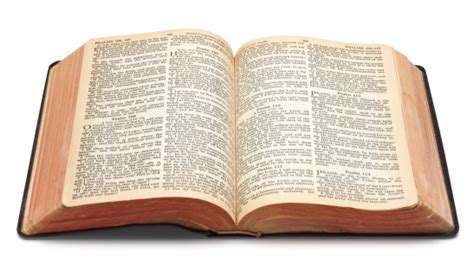According to evolutionary biology, there has never been a time when the DNA of a living population was not changing. Even now, literally right now before our very eyes, the DNA of species is constantly changing. A simple, visible example is human eye color. Variations such as brown, blue, green, and hazel arise from small genetic changes in and around genes like OCA2 and HERC2, which regulate melanin expression in the iris. These changes were once novel mutations, then inherited, propagated, and diversified across populations.
So, I guess the answer to your question would be, “For over three billion years.” Mutation, recombination, gene duplication, deletion, and chromosomal rearrangement occur every generation. Variation is built into the very mechanics of reproduction. What you call “species transition” is not a single moment but the cumulative result of countless small genetic changes accumulating across populations over time, eventually producing reproductive isolation through lineage splitting (an observable example of which would be the end points in ring species).
As you can see (above), that is incorrect. It happens in nature routinely. Horizontal gene transfer is an example of “crossing DNA” that happens in nature all by itself—uptake of free DNA from the environment, DNA transferred via viruses (transduction), direct DNA transfer through cell-to-cell contact, etc. DNA even crosses species boundaries naturally through hybridization. Entire new plant species arise through genome duplication and hybridization. Many bird species show ongoing genetic introgression. And don’t forget, our DNA contains Neanderthal and Denisovan segments as a result of something that happened long before labs existed.
What happens in the lab is not a different kind of process from what happens in nature. It is the same genetic mechanisms but operating under controlled conditions.
The lab merely isolates and accelerates the evolutionary biology already present.
Yes. As I have said before, elsewhere (
here):
Microevolution refers to genetic change within a species—how allele frequencies in a population shift over time. These changes are the product of such forces as mutation, genetic drift, natural selection, gene flow, and competition within the species. Macroevolution addresses evolutionary patterns and processes operating above the species level that are involved in the formation of new species and the disappearance of existing ones (speciation and extinction), and the long-term trends that shape biological diversity across geological timescales.
Accepting one brings along the other, as they are analytically distinct but causally linked, microevolution providing the raw material for macroevolution, and macroevolution shaping the context for microevolution. Taken together, they constitute the evolution of life with its patterns of descent with modification from a common ancestor found in molecular and fossil records.
As the earthly unfolding of redemptive history, beginning in the garden of Eden with Adam and Eve.
Edited to add:
I am an
evolutionary creationist. This is the belief that natural processes, orchestrated by God’s ordinary providence in accordance with his good pleasure and the purposes of his will, are the temporal means by which God brings forth all things including life and mankind. It is a constituent of a biblical world-view that describes the evolutionary patterns of natural history in terms consistent with Christian orthodoxy in harmony with modern science.

